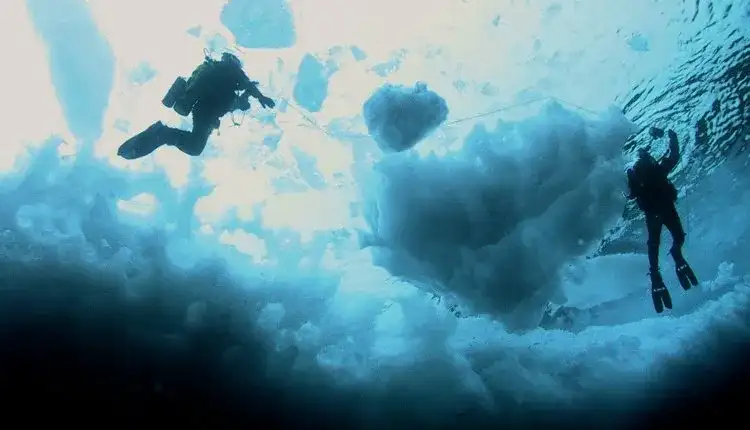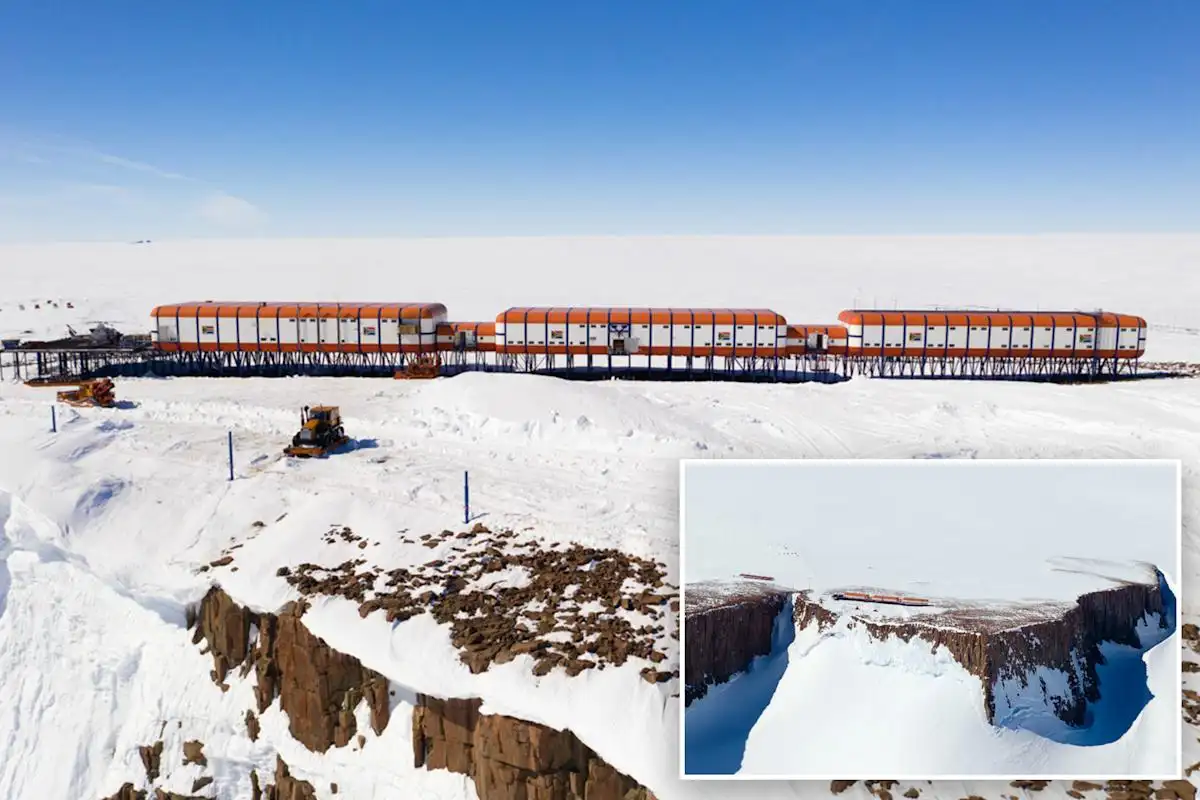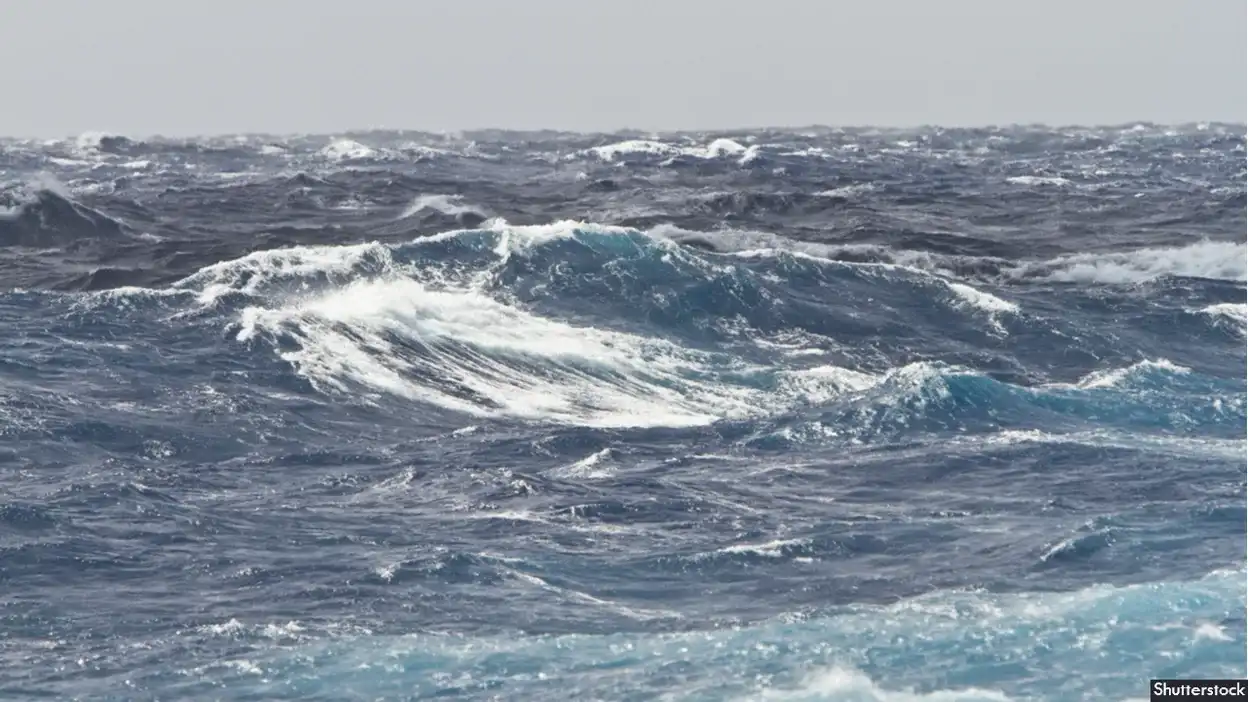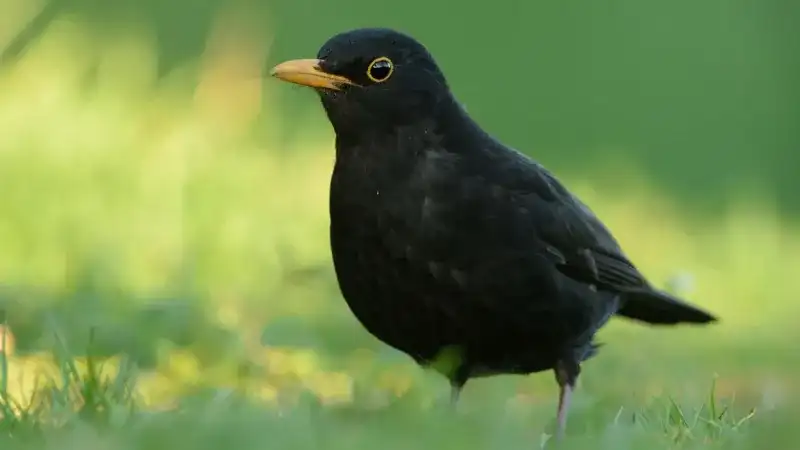In the still, remote expanse of northern Finland, a hole carved into the thick ice of a frozen lake becomes a portal to an alien world — one of darkness, silence, and science. Here in Kilpisjärvi, high above the Arctic Circle, a group of divers clad in heavy dry suits are learning how to work beneath the ice — not for sport, but to unlock secrets of a planet in rapid transformation.
Training for the Polar Frontier
Surrounded by snow-covered fells and ice 70cm thick, a dozen divers — seasoned in temperate and tropical waters — are preparing to become part of an elite few capable of conducting underwater research at the poles. Their goal: to eventually join scientific expeditions to the Arctic and Antarctic, where direct observation of marine ecosystems under the ice has become an urgent necessity.
Ice as a Disappearing Barrier
Climate change is rapidly reshaping the polar regions. Arctic sea ice is disappearing at an average rate of 13.2% per decade, and warming in the region is four times faster than the global average. To understand the scale and speed of this transformation, scientists need firsthand data — and that means going beneath the ice themselves.
Life Below Zero
Among the trainees is Sophie Kalkowski-Pope, a marine biology graduate from Australia, now donning her dry suit and preparing to descend into the freezing, near-zero-degree water. Divers must endure intense cold, even through thermal layers and neoprene gloves. Most can only operate effectively for about 30 minutes before their hands go numb.
Staying Safe Under the Ice
Because the lake’s ice acts like a roof, ice diving resembles cave diving in its risks. Divers are tethered to the surface by thick safety lines, managed by tenders who track every move through rope signals:
- 1 tug: “OK”
- 2 tugs: “Stop”
- 3 tugs: “Return to surface”
Two holes are always cut in the ice — one for entry and another as an emergency exit — and a standby diver is suited up and ready to intervene if anything goes wrong.
The Science Beneath the Surface
This training isn’t just about physical endurance — it’s about equipping scientists with the skills to gather critical data. Ice diving provides direct access to information on sea ice thickness, water temperature, salinity, and biological activity. Such measurements help us understand how quickly ecosystems are shifting under the strain of climate change.
Underwater Observations with Global Impact
In previous expeditions, divers have recorded significant biological changes. Alf Norkko, a professor at the University of Helsinki, noted an explosion of life on the Antarctic seafloor in just eight years — likely triggered by thinning sea ice letting in more sunlight. That increase in light supported more algae and plankton, which in turn fed seafloor species like starfish, sea spiders, and worms.
In another long-term project near Svalbard, divers have documented how warming seas are altering kelp forests — essential marine habitats. Meanwhile, research from British Antarctic Survey divers has shown that diminishing sea ice leaves coastal seabeds increasingly vulnerable to iceberg collisions, causing widespread ecological damage.
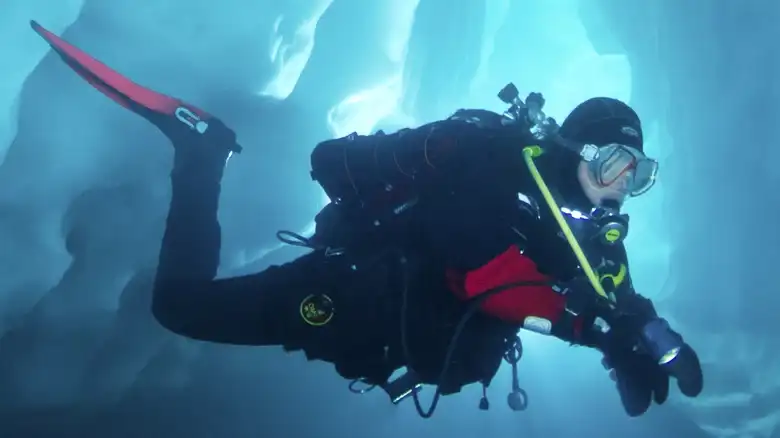
Living Beacons Beneath the Ice
Diver Perry Brandes, more familiar with Florida’s tropical waters, describes the view from under the ice as surreal. “You look up and see the light shining through holes — like distant cities glowing in the night.” Those shimmering spots become lifelines, guiding divers back to safety.
Extreme Diving for a Crucial Cause
With risks ranging from freezing regulators to dry suit floods and even interference from curious seals, the dives are not without danger. But the rewards are significant. “We need scientists who can go there,” says Edd Stockdale of the Finnish Scientific Diving Academy. “The polar areas are melting — we must monitor what’s happening.”
Degerman, an explorer and instructor, stresses the importance of strict protocols: “You can’t just surface anywhere. You need to find your exit hole.”
Teamwork and Technology
Each dive is a choreographed effort, with divers descending in pairs, one trainee always tending the rope on the surface, and an emergency diver on standby. Equipment malfunctions are common in such cold — particularly regulator “free flows,” where freezing air causes valves to jam open. Divers are trained to switch to backups or share air until they return to the surface.
More Than Just Biology
Norkko emphasizes that successful polar science relies on teamwork across disciplines. “It’s not enough to count starfish,” he says. “You need a chemist, a physicist, a biologist — people who can connect the dots.”
Such synergy leads to a fuller understanding of the physical and ecological processes unfolding under the ice — and of how they will affect life far beyond the polar regions.
The Human Touch
While robots and remotely operated vehicles (ROVs) play an increasing role in polar science, many researchers say there’s no substitute for human divers. ROVs are loud, limited in perspective, and can’t make in-the-moment decisions. “A diver can stop, observe, follow something interesting,” says Rodd Budd from Antarctica New Zealand. “An ROV just keeps going.”
Animals, too, often respond differently to people. “Many of them actually look at us,” says Brandes. “There’s a kind of interaction you just don’t get with machines.”
The Drive to Dive
For many scientists, the motivation behind such hazardous work is not just the data — it’s the sense of purpose. “We want our research to shape policy,” says diver Anni Mäkinen. “I want to gather the knowledge that helps protect this planet.”
And there’s another, more personal reason. As Norkko puts it, diving beneath the ice offers “an element of adventure” — the thrill of entering a silent, shimmering underworld, where every minute spent gathering knowledge might help safeguard the Earth’s future.
